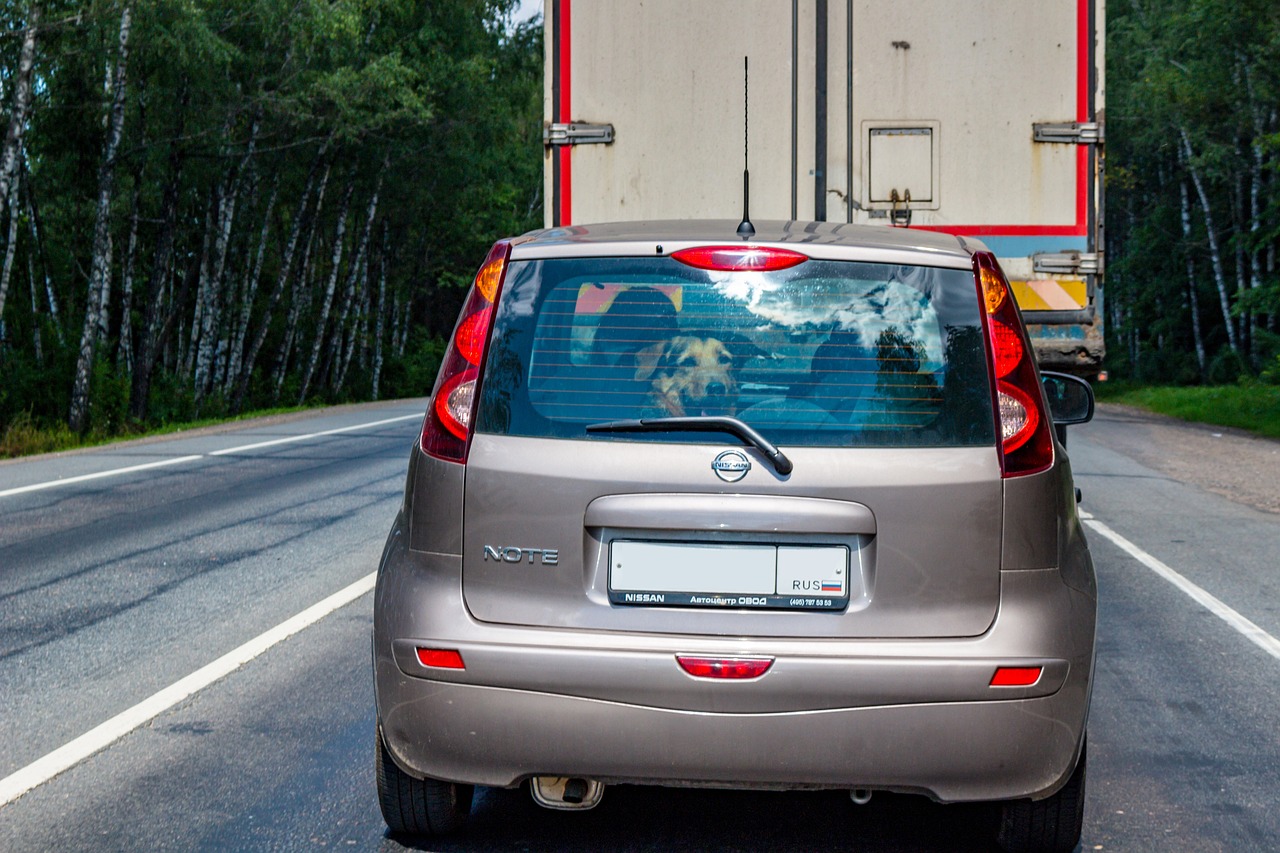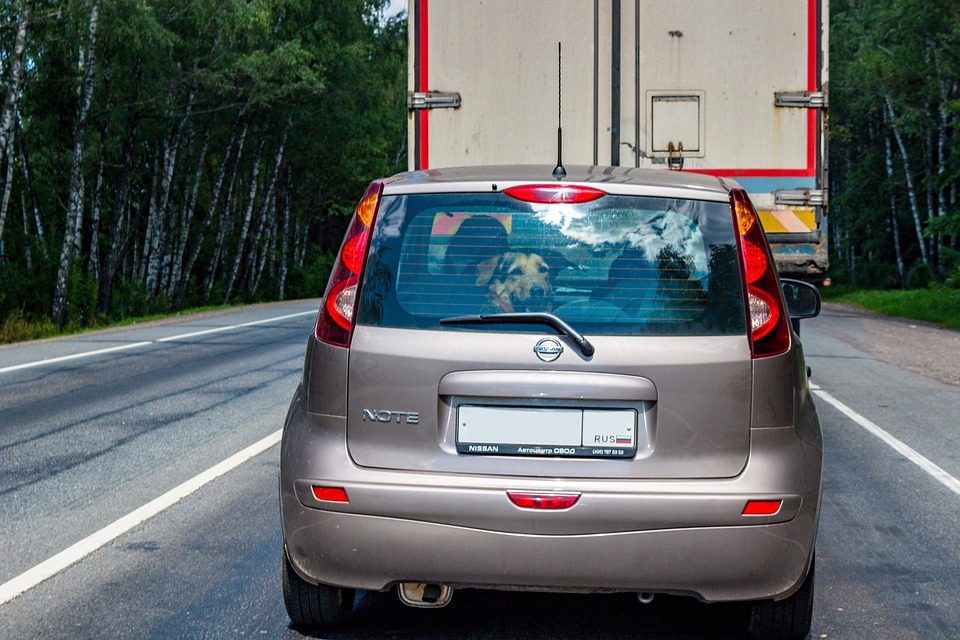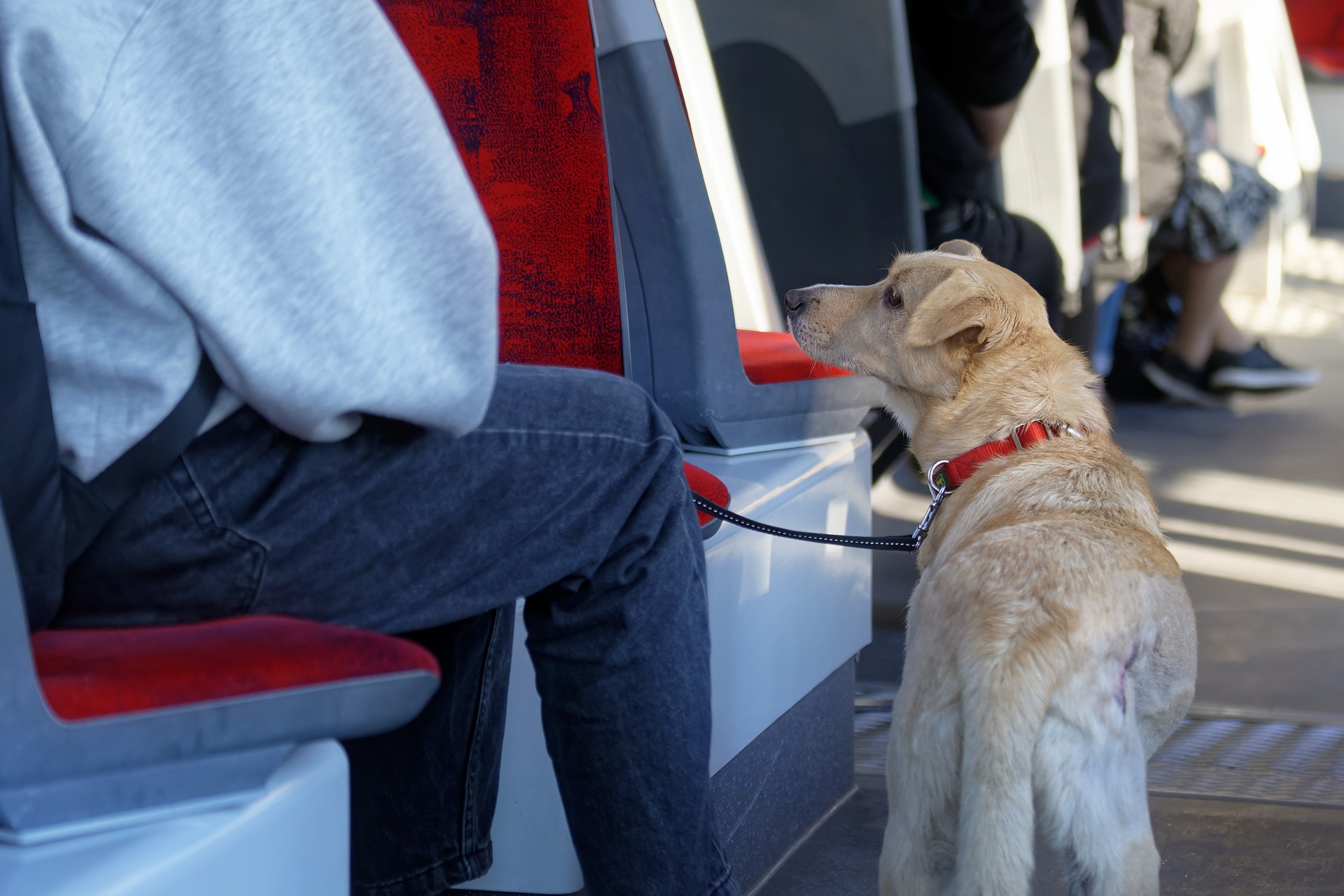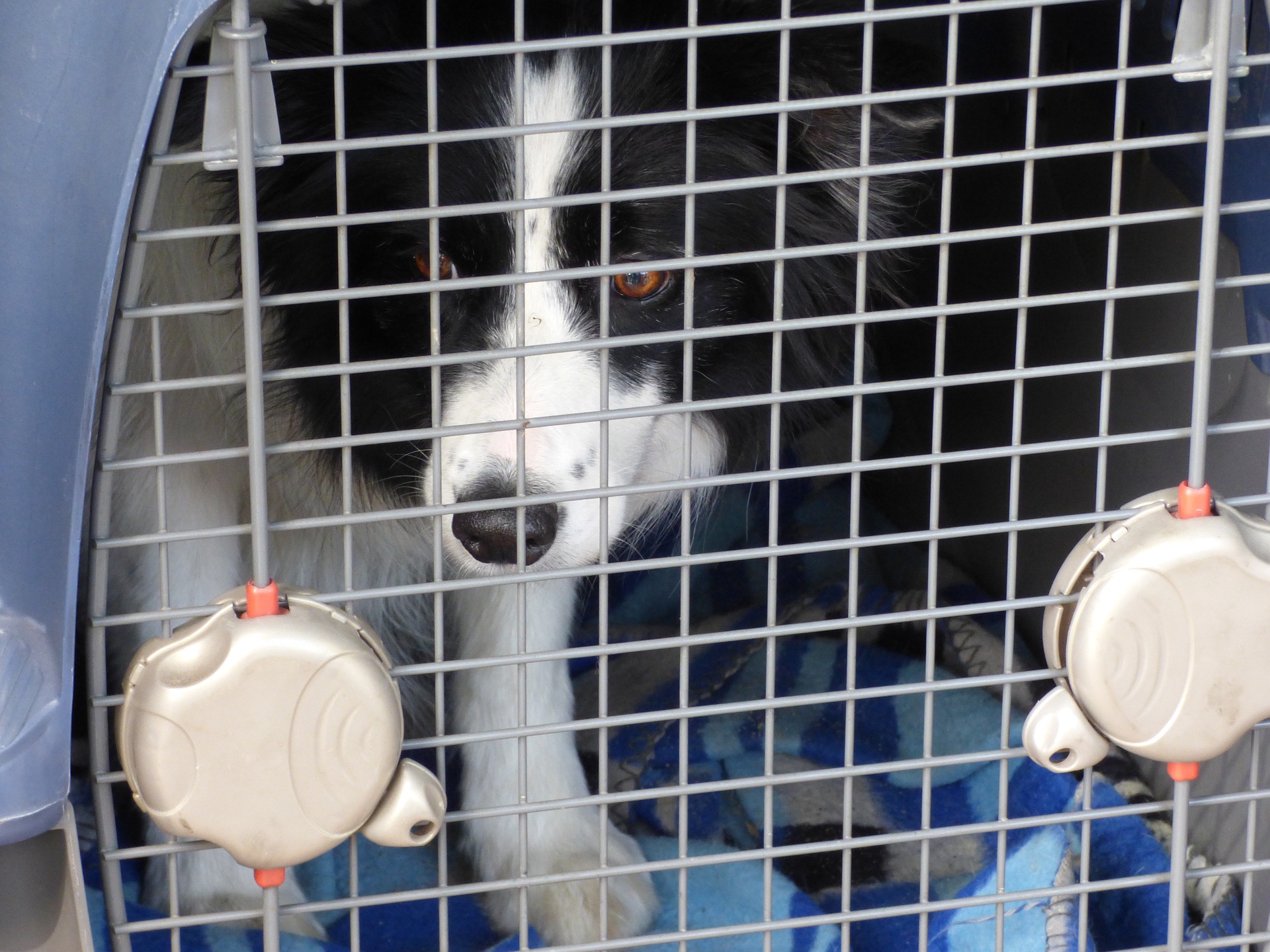Many pet owners believe that anxious pets must be sedated when traveling. But an expert in pet transport service warns against this practice. Sedation poses adverse effects, particularly during air travel. Instead, other alternatives may be used to calm perturbed pets.
Sedatives make pets more docile, uncoordinated, or drowsy. They do not necessarily put out the animals completely. If you are embarking on a journey, you need the right information to distinguish facts from fiction.
What Are The Risks Of Sedating Pests?
There are unknown effects of sedating airborne animals. Some animals like dogs may react abnormally to tranquilizers. An aggressive dog may revert to a quiescent mode after a few instances of sedation.
In some cases, veterinary care may be required to help the dog recover from the medication. In worst case scenarios, your furry friend cannot be revived. Such consequences occur when a pet has been given multiple doses. Many of the tranquilizers can interfere with cardiovascular functions such as heart rate and breathing. This is very lethal if your pet is not under professional veterinarian supervision.
A pet on a plane is already stressed out by changes in temperature and air pressure. Adding further changes in heartbeat and breathing rate is a recipe for disaster. The effects are more pronounced in short-nosed dogs, old, and young pets. Animal sedation also affects body balance and can lead to injuries.
Important to note is that sedatives make the brain to switch to a sleep mode. This is not a good idea because the pet’s brain stops functioning properly. It can even confuse the poor animal, putting him or her to greater risks during the trip. In rare cases, some animals become dehydrated.
Nobody wishes bad things for their domestic companions. That is why sedatives are not recommended during travel. In fact, some airlines do not take sedated pets on board.
When Is Sedation Necessary?
There are incidences animal sedation is required. Sometimes a pet can drive you crazy when it refuses to cooperate. Some cats and dogs deliberately forget obedience lessons or indoor manners. At that point, you can give them some medication to calm their nerves.
Some newly-adopted animals are unfamiliar with humans. They even fear to get into cars. The ride itself renders them jittery and they may succumb to stomach upsets. Anything can cause anxiousness including seeing other pets. Because you don’t want your dear one to be worried throughout the journey, then a sedative can keep them relaxed.
Luckily, there are safer ways to calm anxious pets during travel. They include herbal stress relievers, chewable treats, music, headgears, dog collar sprays, and pheromones. But if you really feel that your dog or cat needs sedation, speak to a veterinarian first. Also, consult a good pet transport service to understand the potential hazards of certain drugs so you can stay informed.






